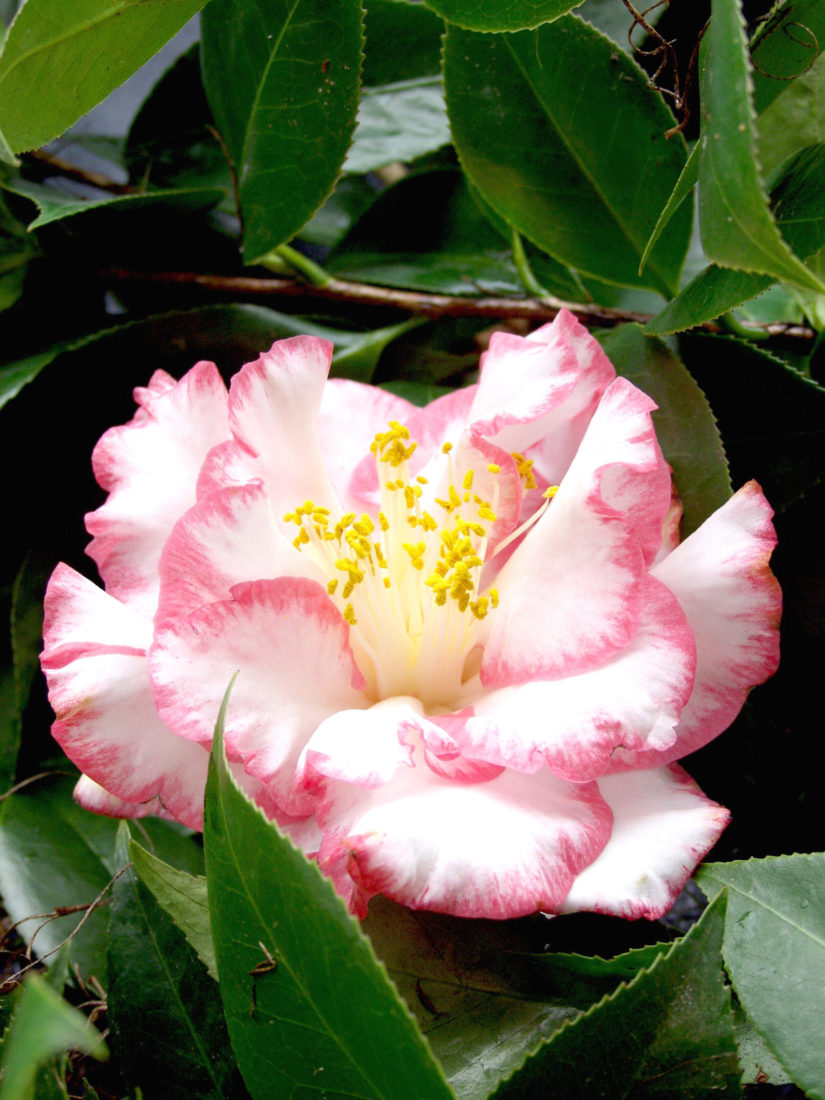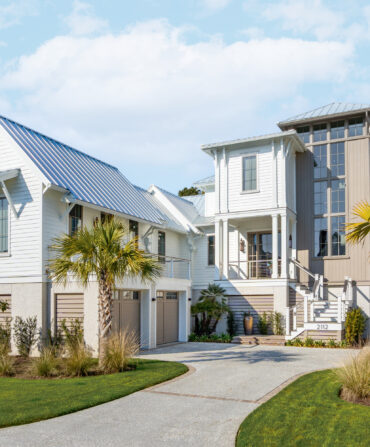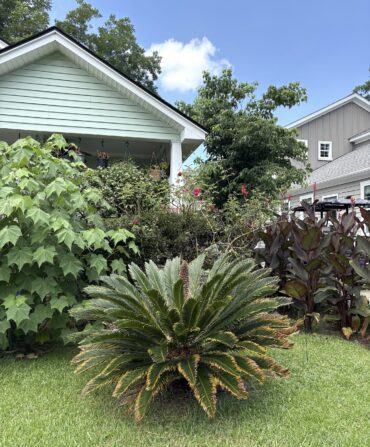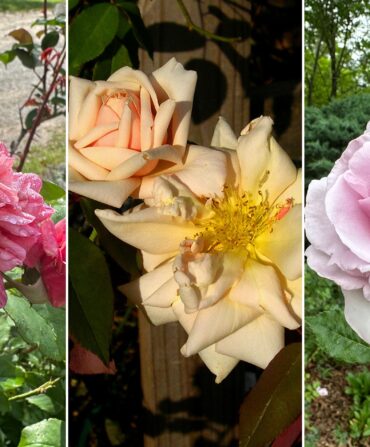A bit of gardening lore: The first camellias to enter the colonies in the mid-1700s were tea plants. Although commercial tea plantations near Savannah, Georgia, and Charleston, South Carolina, struggled to take off amidst import competition, botanical relatives of the plants—showy sasanquas and japonicas—did take root.

Photo: Darren Sheriff
An Ella Drayton Camellia at Magnolia Gardens in Charleston, South Carolina.
Today, camellias that bloom in hundreds of flowered varieties are treasured heirloom plants, and the “Camellia Belt” spans from the Eastern edge of Texas to the Atlantic coast and as far north as Virginia. Some species bloom as early as September and as late as April, but peak season generally dates from late winter to the beginning of spring. Brave the chilly temperatures and meander through some of the South’s top spots to see the “winter rose” this year.
Alabama
Mobile Botanical Gardens
Thanks to the warm, humid climate of the Gulf of Mexico region, the gardens in this area have long been known for their winter camellia explosions. But perhaps more credit is due to the legendary Japanese-born plantsman Kosaku Sawada, who planted camellias here in the early 1900s from a chest of seeds sent from Japan as his wife’s dowry. See the original home of some of the country’s most popular cultivars at the five-acre WinterGarden.

Photo: Courtesy Mobile Botanical Gardens
Kosaku Sawada tends his flowers in the 1940s; an October Magic; Shishigashira shrubs.
Arkansas
Garvan Woodland Gardens in Hot Springs
Ramble the quarter-mile Camellia Trail that winds past a thorough primer of the shrub’s varietals, including higo, sasanqua, japonica, and reticulata. A “floating” bridge crosses a hidden ravine covered in white azaleas to link the camellia trail to the Japanese-inspired Garden of the Pine Wind.

Photo: Courtesy Garvan Woodland Gardens
Blooming shrubs along the Camellia Trail.
Florida
Leu Gardens in Orlando
Mr. Harry P. Leu and his wife, Mary Jane, traveled the world in search of rare camellias, eventually planting more than 1,500 specimens of Camellia japonica and sasanqua on their property. They deeded the home and gardens to the city of Orlando in 1961 so the public could soak up this Sunshine State botanical bonanza. You’ll see plenty of classics like Pink Perfection, but seek out the Herme variety with white-bordered and pink-streaked petals—it was a favorite of the writer and hobby-gardener Eudora Welty.

Photo: Courtesy Leu Gardens
An Herme bloom; a trio of Pink Perfection.
Georgia
Massee Lane Gardens in Fort Valley
Consider this America’s home base for camellias: In 1966, gardener David Strother donated his 160-acre estate to the American Camellia Society to serve as its headquarters. Today, more than 1,000 varieties can be found here, and a two-acre “Seedling Forest” showcases new cultivars.

Photo: Courtesy Massee Lane Gardens
Purple Passion; Night Rider; Lady Vansittart.
Louisiana
LSU AgCenter Botanic Gardens in Baton Rouge
In 2002, LSU received a beautiful gift—a rare assortment of camellias left from the private Louisiana garden of flower enthusiasts Violet and Hank Stone. Today, nearly 500 cuttings propagated from their plants, along with historic older camellias, dot the forest floor beneath the live oaks and crape myrtles of the 420-acre Burden Center grounds.

Photo: Courtesy LSU AgCenter
A camellia from the Stone Collection.
South Carolina
Magnolia Plantation & Gardens in Charleston
The “winter roses” at Magnolia carry a serious pedigree. Before the Civil War, the estate held the most extensive planting in the country, with the one-time owner Rev. John Grimke-Drayton writing in 1854, “I have discovered that there were a hundred and twenty double varieties there. How many singles, semi-doubles, peony forms and others, I do not pretend to know. I can only describe their number as Legion.” Today, 20,000 camellias are on display throughout the winter and spring, with a focus on “ancient” (pre-1900) varieties.

Photo: Courtesy Magnolia Plantation
An Eleanor Hagood.
Virginia
Norfolk Botanical Garden
This collection of camellias includes some 1,700 plants of more than 1,000 varieties—one of the largest groupings in the United States. Wander through the Hofheimer Camellia Garden to be surrounded by blooms in white, pink, red, and yellow, or circle Mirror Lake to see more camellias dotting the banks that Works Progress Administration workers first cleared for azalea plantings in 1939—don’t worry, you can see plenty of those original flowers, as well.

Photo: Courtesy Norfolk Botanical Garden
Three japonica varieties: Mabel Bryan; Masterpiece Pink; Punkin.








